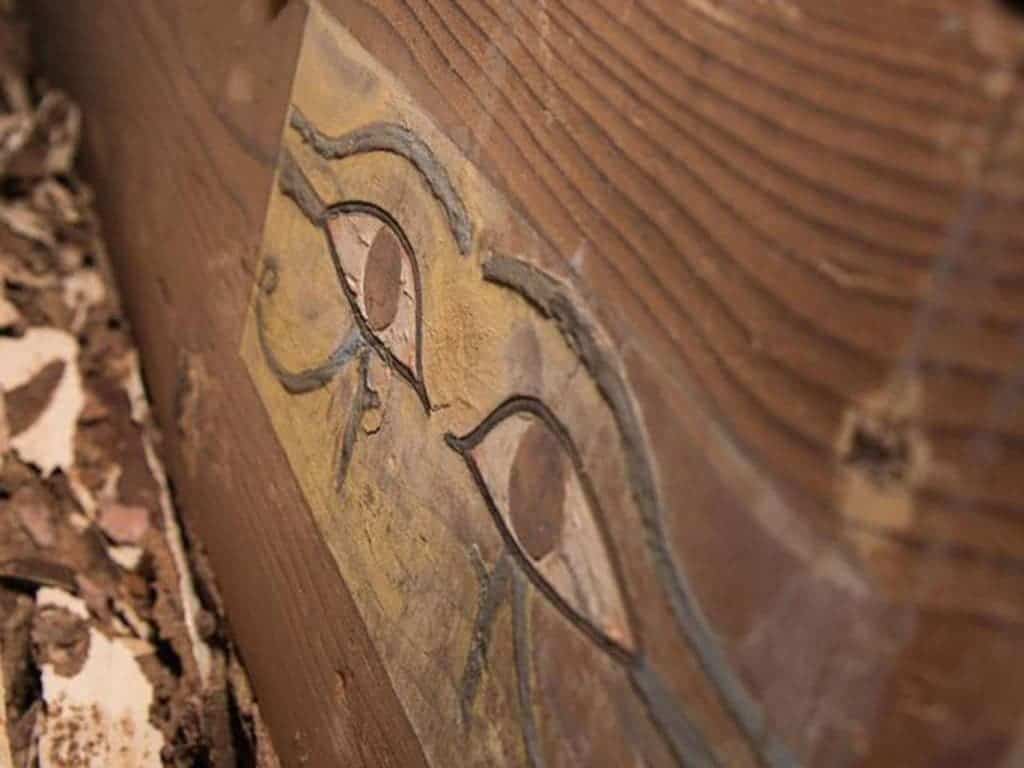The tomb hosted the brother of one of the most influential governors of ancient Egypt’s Twelfth Dynasty. Archaeologists hope that this could offer new insight onto what kind of role the ruler’s entourage played in ancient Egyptian society.

The discovery was made by the Spanish Archaeological Mission in Qubbet El-Hawa, which translates to Hill of Wind. Alejandro Jiménez-Serrano, head of the Spanish mission from the University of Jaen. He says that the tomb was pretty much intact, and contained pottery, two cedar coffins (outer and inner) and a set of wooden models, which represent funerary boats and scenes of daily life, as well as a mummy which is still under study.
Inscriptions mark the tomb as belonging to Shemai, son of Satethotep and Khema, brother of Sarenput II. This was one of the most influential families of the time, as Sarenput II was not only governor of Elephantine, but also general of the Egyptian troops and responsible for the worship of several Egyptian gods.
Researchers have a pretty good idea about the family of Shemai, having previously located 14 other family members. They hope that the finding of so many family members will help them paint a detailed social picture, indicating the role that everyone played in the higher class. The social system of ancient Egypt was a lot like a pyramid, with the Pharaoh sitting on top (technically, the gods were the only ones above the pharaoh), the nobles and priests coming next, followed by the soldiers, scribes, merchants, artisans, farmers, and at the bottom of it all, the slaves. Social mobility was not impossible (for instance, a farmer boy becoming a scribe), but moving up the pyramid wasn’t the easiest thing in the world.
The necropolis where the tomb was found is the same one where rock carvings depicting masked men hunting an ostrich were previously found. The painting, barely visible due to the effect of time, pushed back the age of the archaeological area by about one millennium.






